Unless you’ve been living under a rock for the past three years, chances are you’ve heard of Jennifer Serravallo’s strategies books. I’m embarrassed to admit this, but it took me a while to get into the JS craze. I remember thinking, “they’re probably not for me,” because I mainly work with bilingual (Spanish speaking) students. Nonetheless, last spring I decided to place an Amazon order for both her reading and writing strategies books and…wow! Just WOW! I couldn’t put them down! Why had I gone so long without Jennifer’s sparkly, literacy knowledge in my life, guys?
OK, so I’ve had these books for over a year now and the question everyone wants answered is: are the ideas transferable to an everyday classroom? The answer is absolutely! Honestly, what I really like about her books is that they’re not overly worded. Each page gets right to the point. She gives you the lesson, instructions, and various pictures or examples of how to teach it. This, in my opinion, is why they have such high ratings. Also, almost all of them can be translated to Spanish and be taught in a bilingual or ESL classroom! Yay!
SIDE NOTE: I dislike strategy books that have a bulk of writing. I’m a visual learner, therefore I need to SEE what activity you’re trying to describe. If you’re like me in this regard, then you’re going to love her books!
I decided to create this post because I wanted to share with all of you which of her ideas I found to be the MOST beneficial FOR ME. I won’t say too much about each idea or anchor chart, because for this post I mainly want you to focus on the pictures, anchor charts, and/or lessons discussed in her books. I hope this inspires you to take some of this back to your own classrooms or perhaps give you a new perspective on how to teach reading and writing strategies.
Let’s get to it!
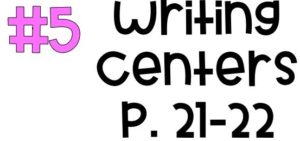
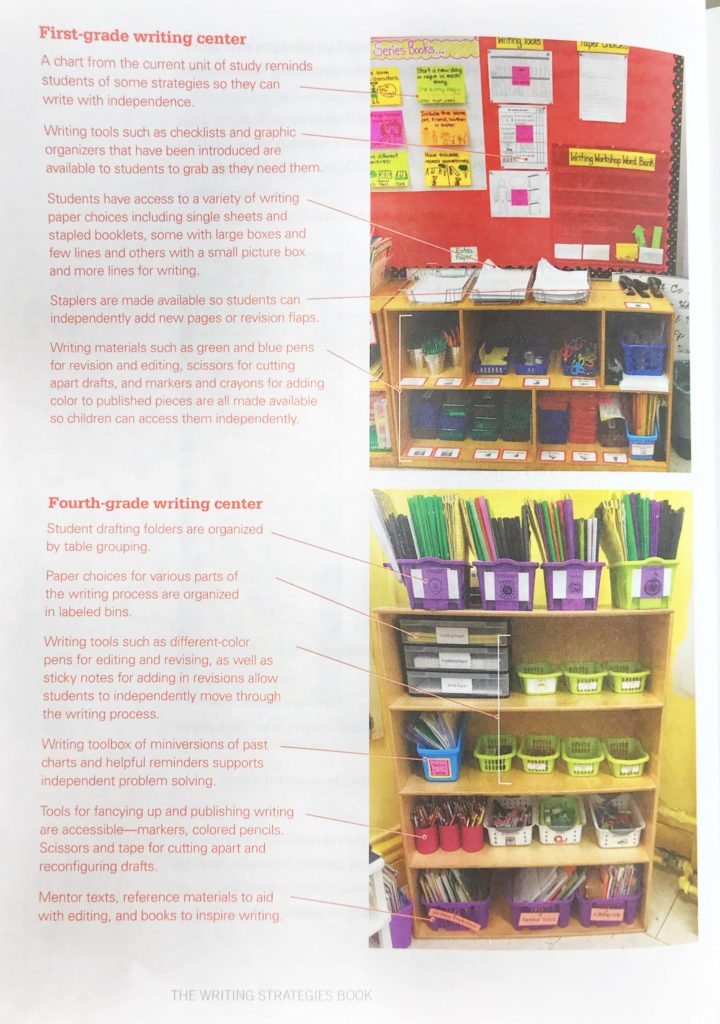
I really love Jen’s idea of creating and maintaining a writing center in the classroom. This year, my district has made a writing center in all K-4 reading classrooms a NON-NEGOTIABLE, and I’m honestly so happy about that! I love walking into classrooms and seeing how each teacher has decided to set up their center. My campus has some amazing writing teachers, even if I do say so myself. 🙂 For additional details on what goes in your writing center, check out an old blog post I did on the importance of setting one up.
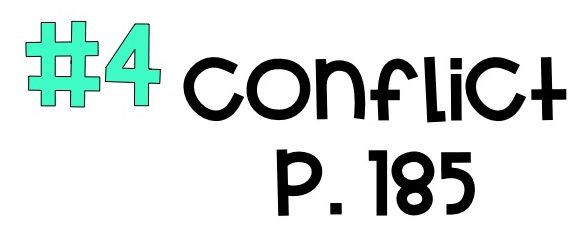
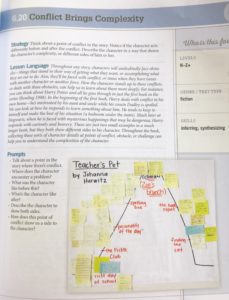
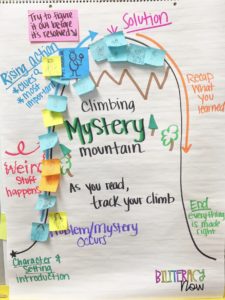
Story plot isn’t taught until third grade, but it’s an important skill that many students struggle with. I love this lesson and anchor chart because it demonstrates how easy it is to incorporate it into your daily routine through your read aloud. On the right is an example of a third-grade plot map at my campus. This example shows how the teacher used a mystery book to track the story’s rising action, climax, and resolution. Each sticky note represents each time her students wanted to add something to the plot map. As you can see, the students were fully engaged!
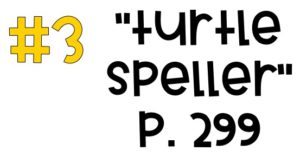
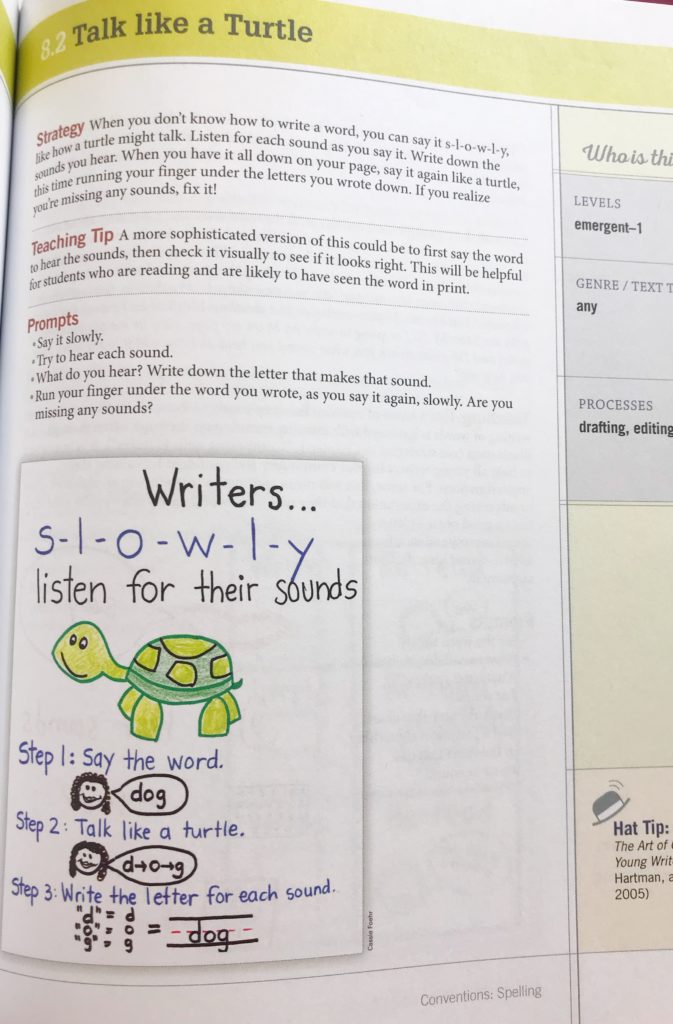
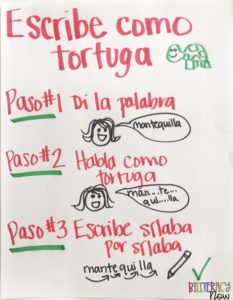
How many of you have students that get stuck on a word and refuse to keep writing until they figure out how to correctly spell it? Yea, we can all relate to that! This lesson and anchor chart is PERFECT for those students. The best part about this anchor chart is that it also works in Spanish. Yes, really! The spelling rules might be different, but this lesson ties in perfectly with syllables and how to sound them out to help you figure out the correct spelling!
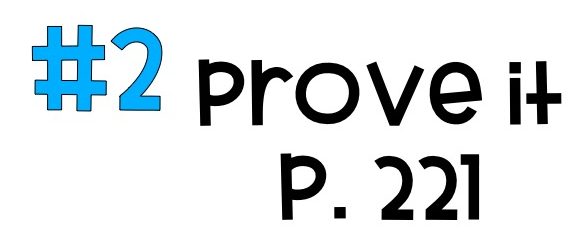
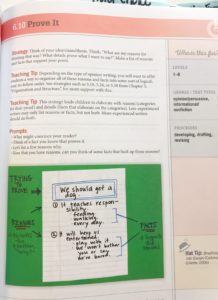
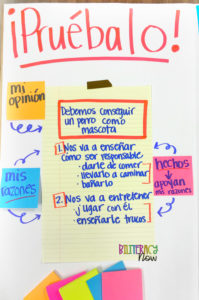 I think this lesson is the most aligned to the Texas STAAR Writing test because it helps the teacher plan out an expository (opinion) essay by establishing a claim and then coming up with two reasons that support this claim. For example, my claim is: we should get a dog. The first reason why we should get a dog is that it will teach us to be responsible. The second reason why we should get a dog is that it will keep us entertained. The anchor chart above shows the way you would organize/plan out your composition. Also, I like it because it makes for an easy transition into starting the rough draft.
I think this lesson is the most aligned to the Texas STAAR Writing test because it helps the teacher plan out an expository (opinion) essay by establishing a claim and then coming up with two reasons that support this claim. For example, my claim is: we should get a dog. The first reason why we should get a dog is that it will teach us to be responsible. The second reason why we should get a dog is that it will keep us entertained. The anchor chart above shows the way you would organize/plan out your composition. Also, I like it because it makes for an easy transition into starting the rough draft.
SIDE NOTE: This is the way our fourth graders were taught to set up their essays for the STAAR writing exam they took just two weeks ago.
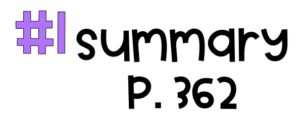
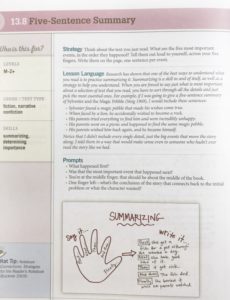
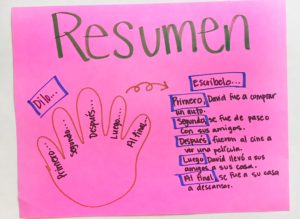
Summary! Isn’t this such a hard skill to teach students? Especially because they naturally gravitate towards the interesting events versus the most important ones. This anchor chart reminds me of the really popular one I’ve been seeing on Pinterest lately (Somebody-Wanted-But-So-Then). I like this one because it can also be used in the lower grades when you’re doing running records. I always remind my students to use their fingers when they summarize what the story was about. I also think it’s important to put an actual example of a summary (like the anchor chart) so that the students are able to visualize what it means to summarize.
So, there you have them. What do you think of my top 5? I hope these ideas have inspired you. Let me know what you think by commenting below.
In case you’re wondering which book I’m referring to, here’s a quick reference guide:
5. Writing Centers – Writing Strategies
4. Conflict – Reading Strategies
3. Turtle Speller- Writing Strategies
2. Prove It – Writing Strategies
1. Summary – Reading Strategies